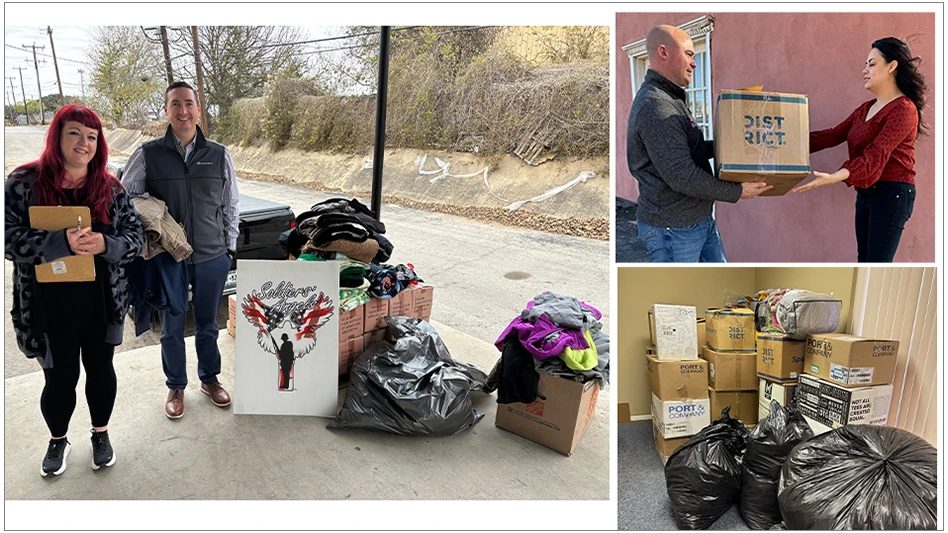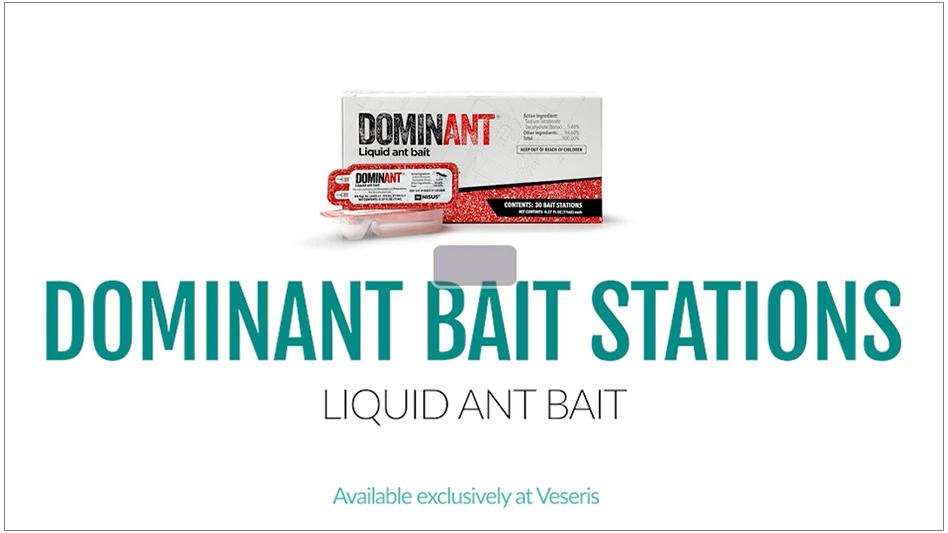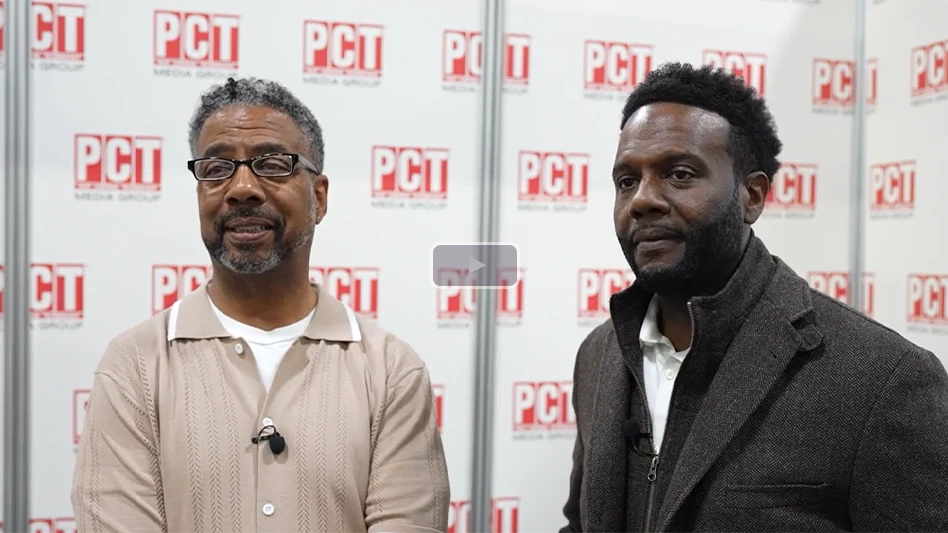COLUMN QUESTIONED
Richard Kramer’s "Technically Speaking" column is by all accounts, a forum for the exchange of "technical" information and not "second-hand" eschewed information relayed by one’s spouse (even if the spouse is extensively aware of pest control practices).
In his October 2000 "Circumventing the Law" column, (www.pctonline.com/articles/article.asp?ID=1283&IssueID=133)Kramer committed both a professional no-no and a journalistic blunder. Kramer got his second-hand facts inaccurate. In doing so, he disgraced a premier publication and his own reputation as a scientist. Several factors are key when reporting technical information. First, research all the facts as they are available. Secondly, ensure that those are the facts and not a misunderstanding. Third, do all the research yourself, just as you would any venture on a professional level. That would also abate the second-hand information of another authority, no matter how extensive their knowledge may be.
Let’s examine the facts. First, Maryland requires a 24-hour notice for emergency applications. Secondly and most significant, all data concerning any and all applications are preserved with the school, as well as with the IPM office. All data is available for public examination at each site. Third, had Kramer taken the option to review the data collected on that "eventful" day, he would have seen that his second-hand source was both incorrect and in violation of Maryland Department of Agriculture regulations. "Raid" bait stations were employed in the adjoining classroom. Maryland Department of Agriculture prohibits the use of any pesticide unless it is applied by a certified applicator or a registered employee of the school system. Federal law requires that the MSDS (material safety data sheet) be on hand for both the school and our safety office. This was a complete oversight on the part of his other authority’s knowledge of pest control in Maryland. Kramer’s second-hand reference acknowledged the placement of the "Raid" bait stations.
Had Kramer examined the service report, he would have discovered that the species of cockroach was in fact Oriental cockroaches, not American cockroaches. The appropriate species has been logged as a seasonal pest, with thresholds that don’t require action, other than "monitoring devices." Monitoring devices (24) were employed on that "eventful" day. "Spray-9" was never employed for the control of any species of insect, let alone Oriental Cockroaches. There was never an implication that "Spray-9" would control any cockroach or insect species.
"Spray-9" is a germicide. Germicides provide cleaning actions that destroy chemical "trails" left behind by ants. Kramer’s other authority didn’t look for a source of entry or the distance from which the ants traveled. This authority’s knowledge didn’t help to pinpoint the sanitation problems in the pre-school area. Had Kramer reviewed the service report, he would have discovered that the "Spray-9" was for the trails.
Had Kramer reviewed the service report, he would have also discovered that his second-hand authority’s closets were cluttered. This is an excellent hiding place for Oriental cockroaches. Again, Kramer didn’t investigate far enough or validate his information. Kramer could and should have called our office. In doing so, he would have discovered that his second-hand authority was both an improper source of information as well as lacking in extensive knowledge. Kramer’s knowledge of Maryland’s law should have been validated by "Pest Control Technology" and not just by the second-hand information of a contributing writer.
Montgomery County Public Schools has been on the forefront of providing Integrated Pest Management services for more than 15 years. Our school system has been the model for several other school systems throughout the United States. When we employ a management tactic, we rely on the first-hand findings of other professionals. We also rely on the first hand data of trade journals and their contributing professionals. Now, I’m not so sure the latter is true. I would hope that the next time PCT and Kramer decide to focus their professional efforts that they focus "first-hand" facts and not second-hand extensive knowledge.
William Forbes
Pest Management Specialist
Montgomery County
Public Schools
Rockville, Md.
Kramer’s Response
In my article to which William Forbes has responded, my intent was neither to personally attack him or the public school system but rather to point out what can happen when a state or municipality imposes unreasonable regulations upon the pest management industry, as is the case in Maryland and the regulations for IPM within the schools. Forbes’ own admissions within his letter underscore the problems with onerous regulations that hamstring pest management professionals. Several points in his letter merit further comment.
Forbes correctly stated the Maryland requirement of 24-hour notification for any pesticide application other than containerized baits (not "emergency applications" as is indicated in his letter). My statement regarding the 72-hour notification was incorrect and the Maryland Department of Agriculture enlightened me to that prior to me seeing his letter.
I have examined the school records on file regarding pest management during the time period mentioned in Forbes’ letter. It appears from those records that Forbes’ approach to pest management is to inspect but do little to resolve pest problems. This approach has been known to result in school staff taking things into their own hands, such as using insecticides. Forbes’ accusation that my so-called "second-hand source" had placed Raid bait stations is incorrect. Only sticky-trap monitors were placed as she had previously been informed that neither she nor I could apply any pesticide products within the school.
Let us look at Forbes’ own records that are on file at the school:
On May 16, 2000 he reported that he found ants in the health room and preschool. He indicated that he placed 24 monitors in the PEP classroom for Oriental cockroaches. He indicated that he sprayed 2 ounces of Spray 9 in the health area and 1 ounce in the pre-school. According to his letter, Spray 9 was not used to control any insect species and that "germicides provide cleaning actions that destroy chemical trails left behind by the ants." By his own admission, he used Spray 9 (a product that is a U.S. Environmental Protection Agency-registered disinfectant but not listed on the IPM Notice) as a pesticide.
Facts: A pesticide is defined by FIFRA as "any substance or mixture of substances intended for preventing, destroying, repelling or mitigating any pest." While you may not have used the product to destroy, you certainly used it to prevent, repel and/or mitigate ants, thus circumventing the need to notify prior to application. Furthermore, you did nothing to resolve the ant problem other than to send the ants to forage elsewhere.
The point of my article was that pest management professionals should have the option to use a gel bait on the interior or granular baits on the exterior of a school in order to eliminate an ant colony. Because of the state notification requirement, he did not have the luxury to do this without notifying all of the students’ parents.
His reported action regarding the Oriental cockroaches undoubtedly will have similar consequences. He reported having identified the Oriental cockroach problem on May 16, 2000. On July 19, he indicated that treatment for the Orientals would have to be done after summer programs. On August 8, he gave the same reason for no treatment having been given. Yet in his letter, he states, "The appropriate species (Oriental cockroach) has been logged as a seasonal pest, with thresholds that don’t require action, other than ‘monitoring devices.’"
Facts: Oriental cockroaches are all-season pests, even in Montgomery County schools. In December 2000, I examined one of his monitors that was dated May 16, 2000, and found eight Oriental cockroaches (nymphs and adults). From the lack of any other dates on the monitor, it appears that you never examined it following its initial placement. MDA Guidelines for IPM in Schools state: "The observation of 1-5 cockroaches (traps, interviews and/or visual inspections) triggers a series of actions, including intensive monitoring and inspection; recommendations for improving sanitation; or use of a localized crack and crevice application of bait, aerosol or other pesticide product. Treatment area is reinspected in one week." A supplement to the MDA Guidelines, Action Thresholds in School IPM Programs (May 2000), states, "If 2-10 cockroaches per room, apply cockroach bait."
Forbes’ letter reaffirms my belief that Maryland and several other states should revisit their onerous laws and regulations regarding IPM and the use of certain pesticides (particularly insect baits) within schools. Changes could afford pest management professionals the opportunity to use reduced risk pest management strategies in a timely fashion and, thus, eliminate, rather than just talk about, pest problems.
Richard Kramer
Technical Director
American Pest Management
Takoma Park, Md.
PRO OF THE YEAR SELECTION APPLAUDED
PCT really did itself proud by selecting Ed Martin as 2000’s Professional of the Year (www.pctonline.com/articles/Article.asp?ID=1315&IssueID=135). If you had asked me any time over the last 12 to 15 years who I consider the most professional person I’ve ever met in the pest control industry, his is the name you would have heard. He is exceptional technically. He is an outstanding businessman and he is an absolute gentleman in his personal relationships.
George Rotramel
University of Illinois at Chicago
Chicago, Ill.
Readers with comments are invited to write to PCT Letters, 4012 Bridge Ave., Cleveland OH 44113. Letters also can be faxed to 216/961-0364, or e-mailed to jdorsch@pctonline.com. Letters may be edited for space or clarity.

Explore the February 2001 Issue
Check out more from this issue and find your next story to read.
Latest from Pest Control Technology
- Envu Announces Lichtenstein as Chairman of Board of Directors
- Spider Expertise, Cockroach Species, AI Tools for Disease Transmission Hot Topics at Purdue Conference
- Rose Pest Solution Promotes Kandler to District Manager of Columbus (OH) Office
- Webinar: Maximizing Cash Flow — Key Strategies for Business Growth
- WorkWave Announces Wavelytics
- Rising Rat Populations Linked to Warming Temperatures, Urban Growth, Study Finds
- How Might the 2024 Elections Impact PCOs
- Keeping Track of Termite Identification





